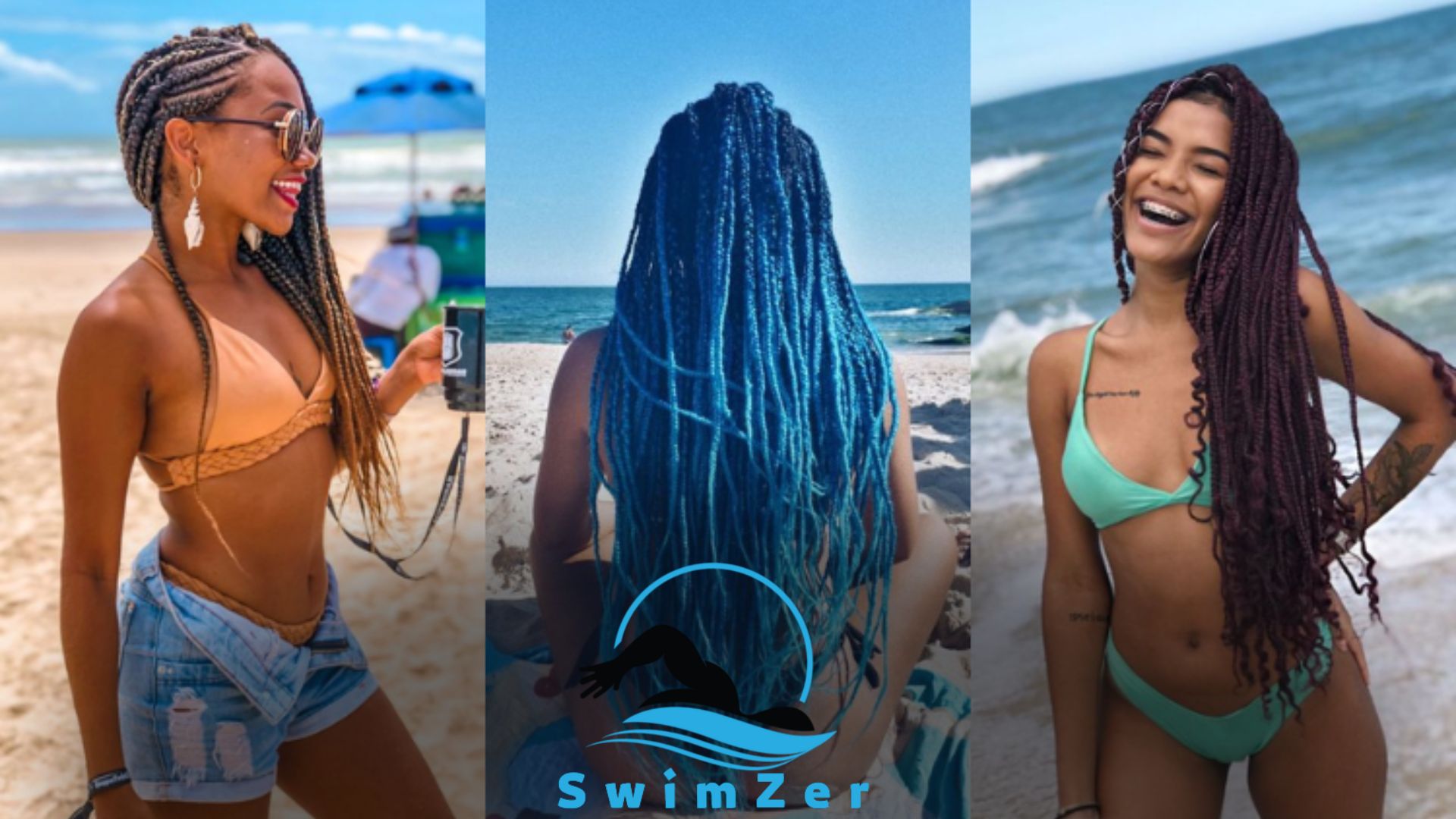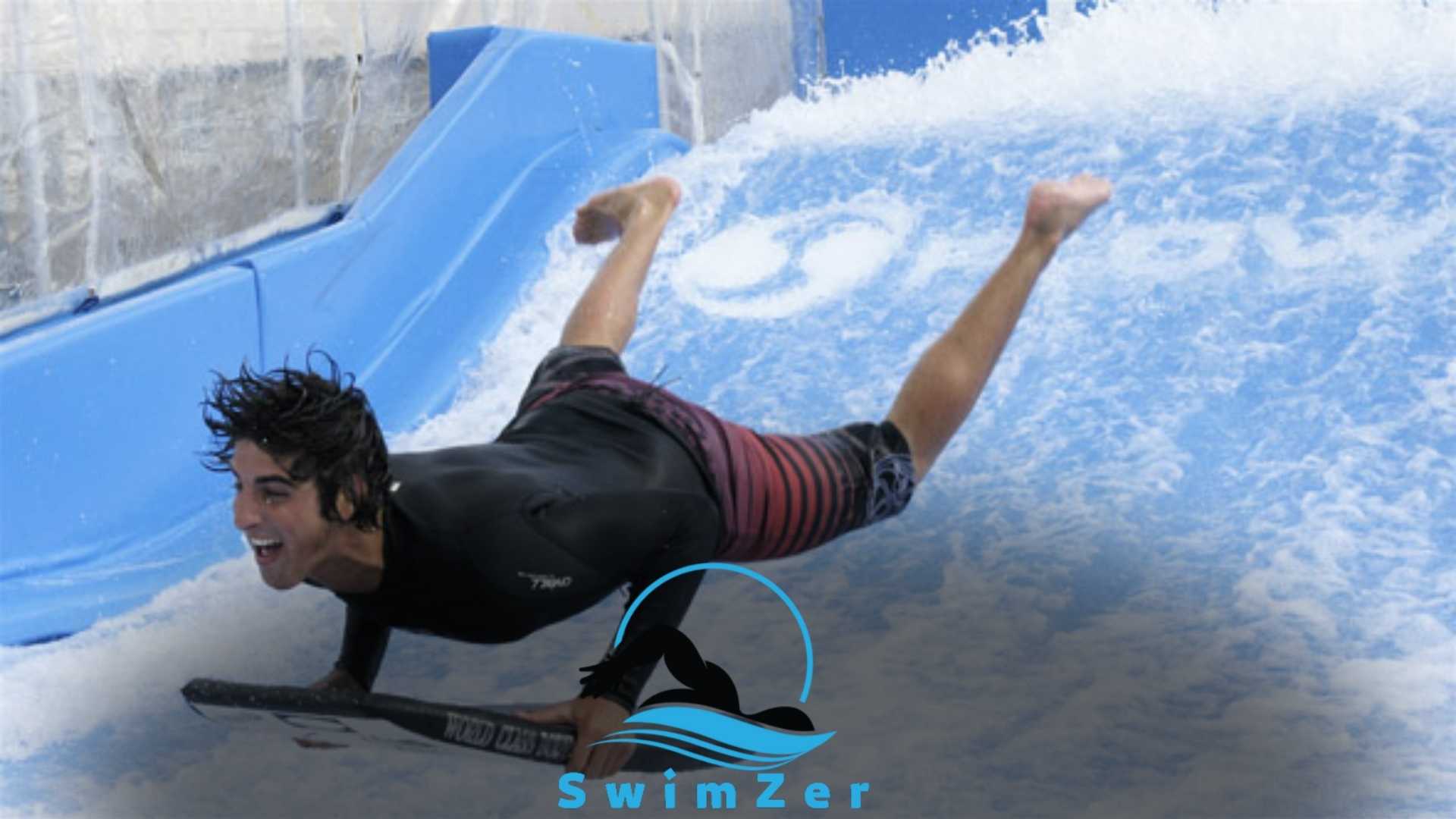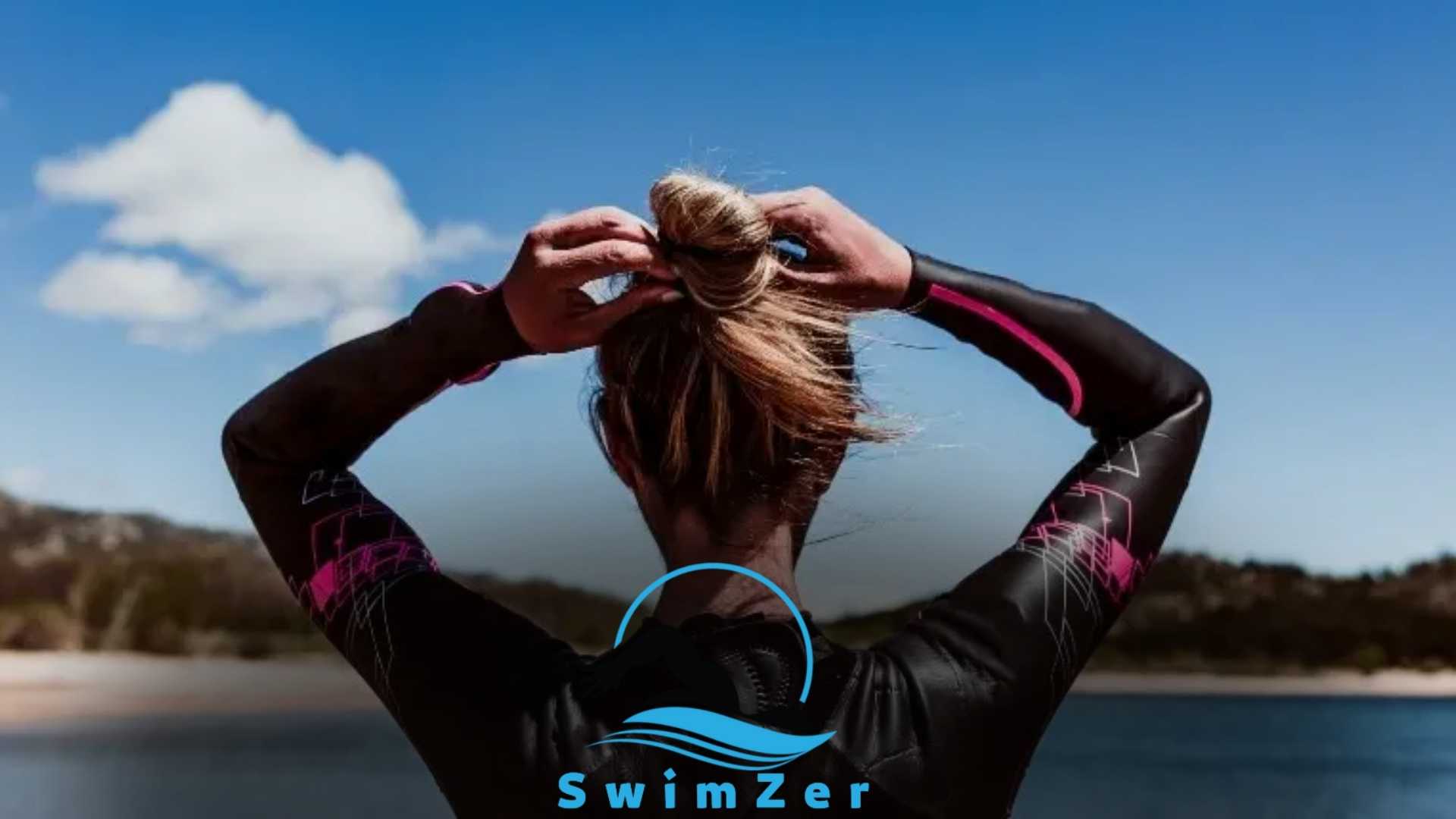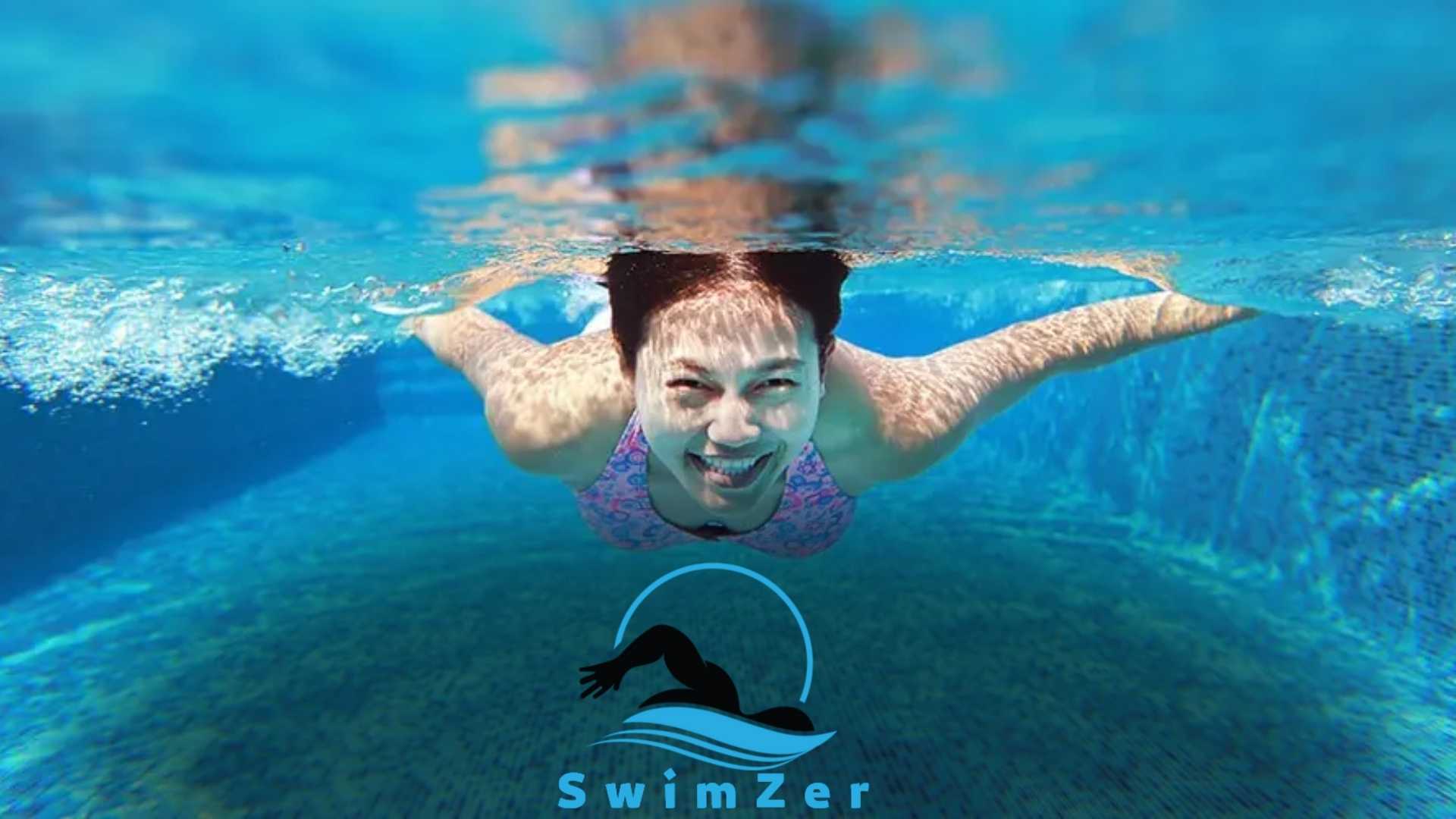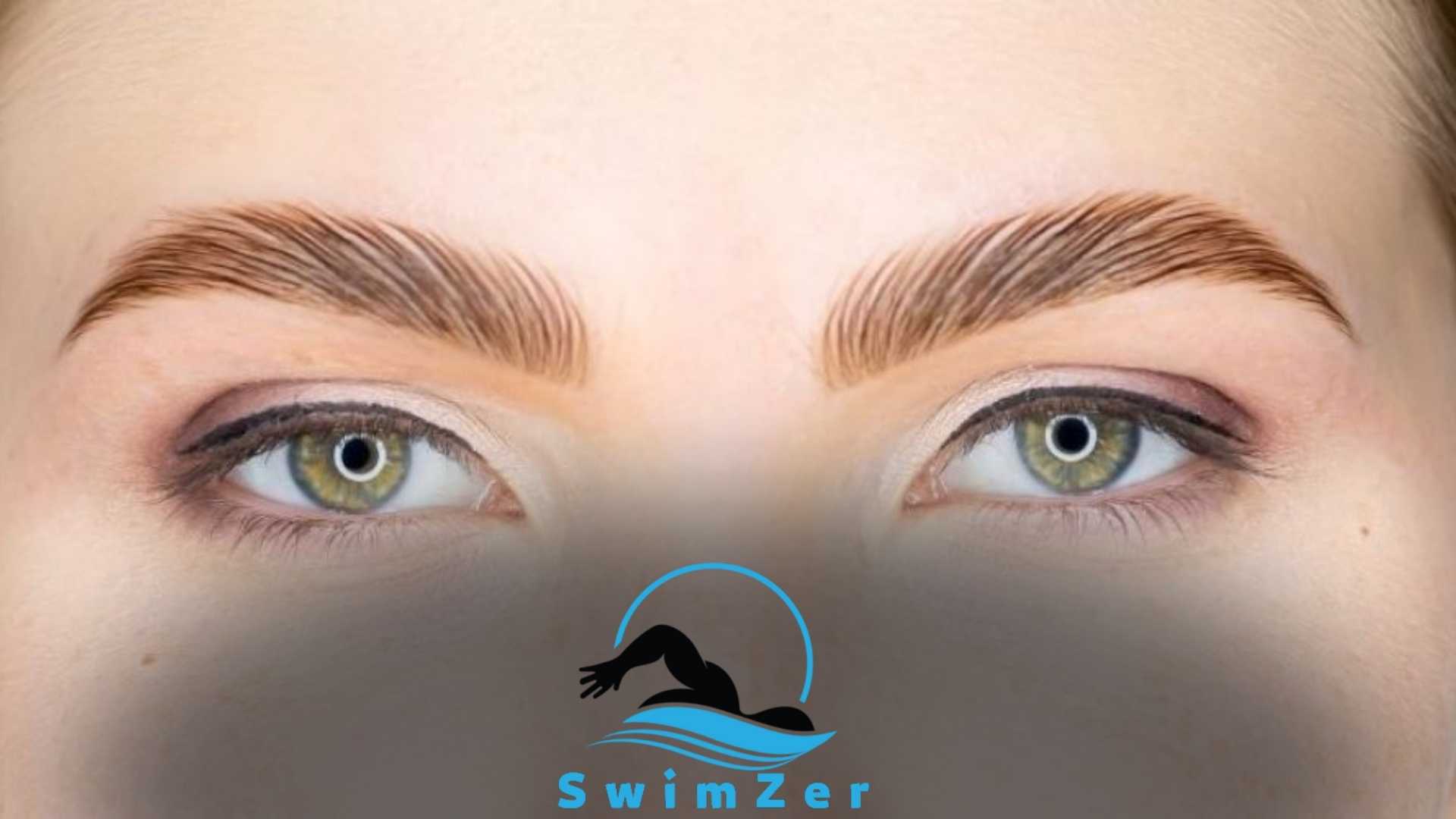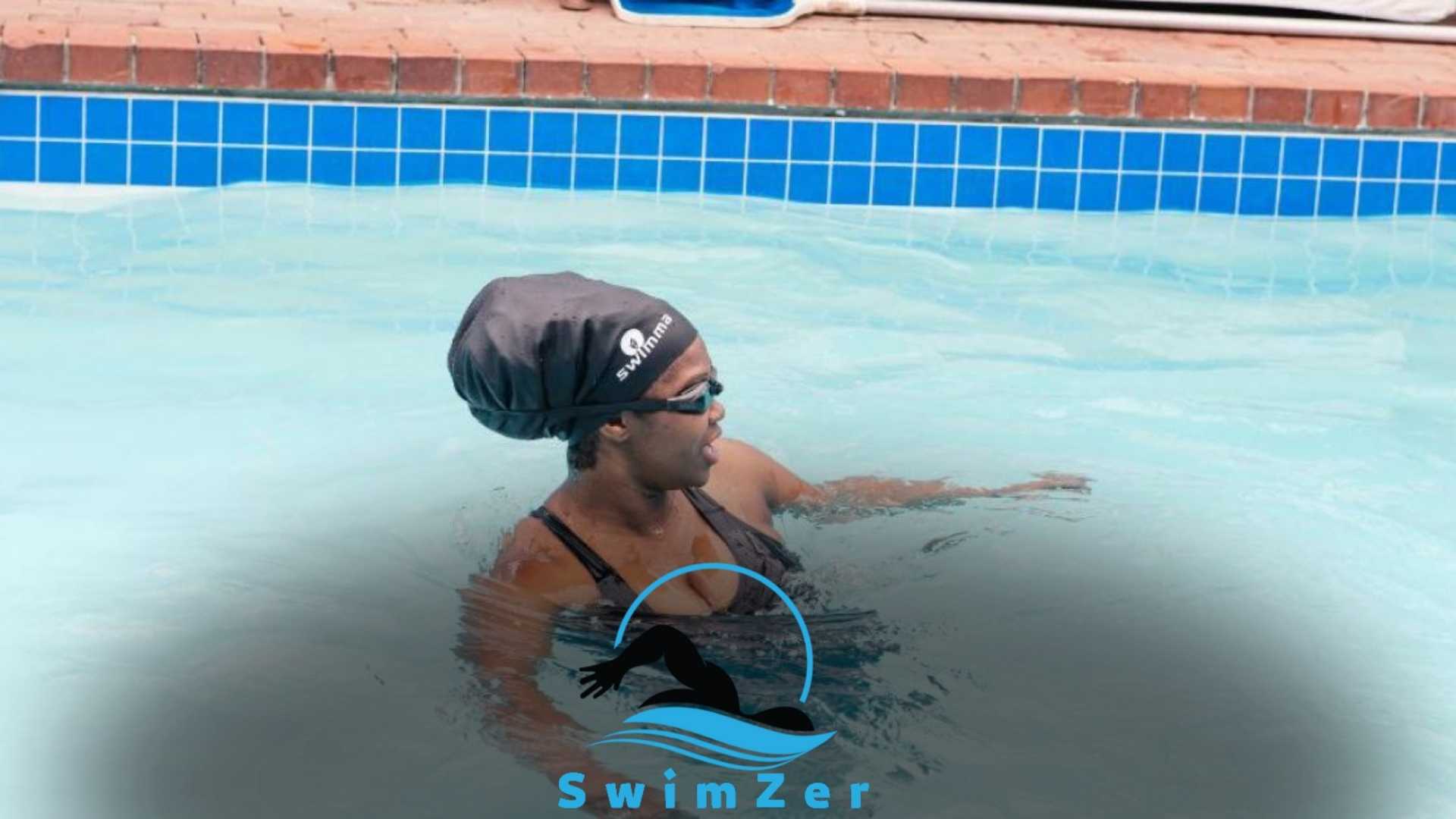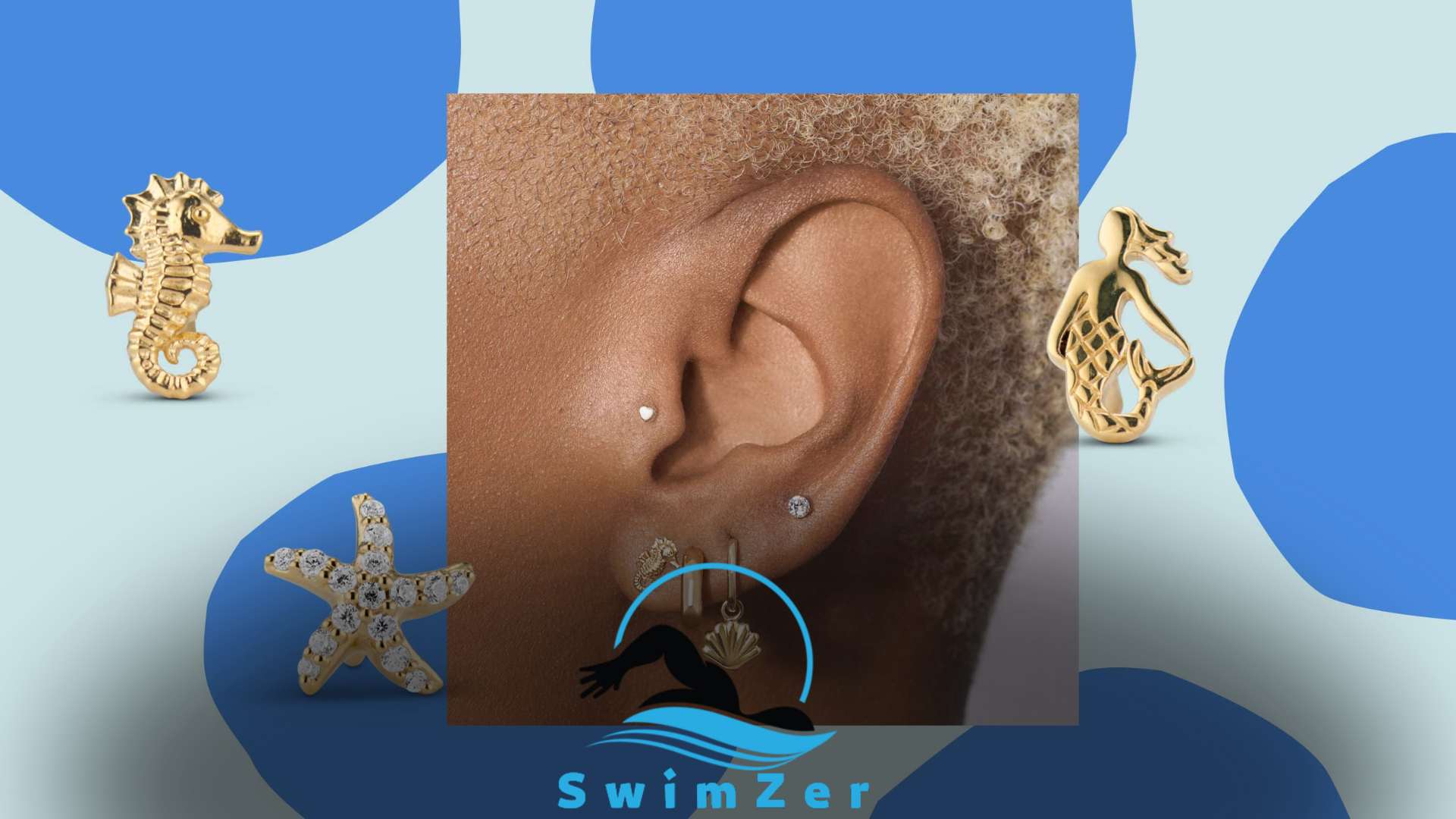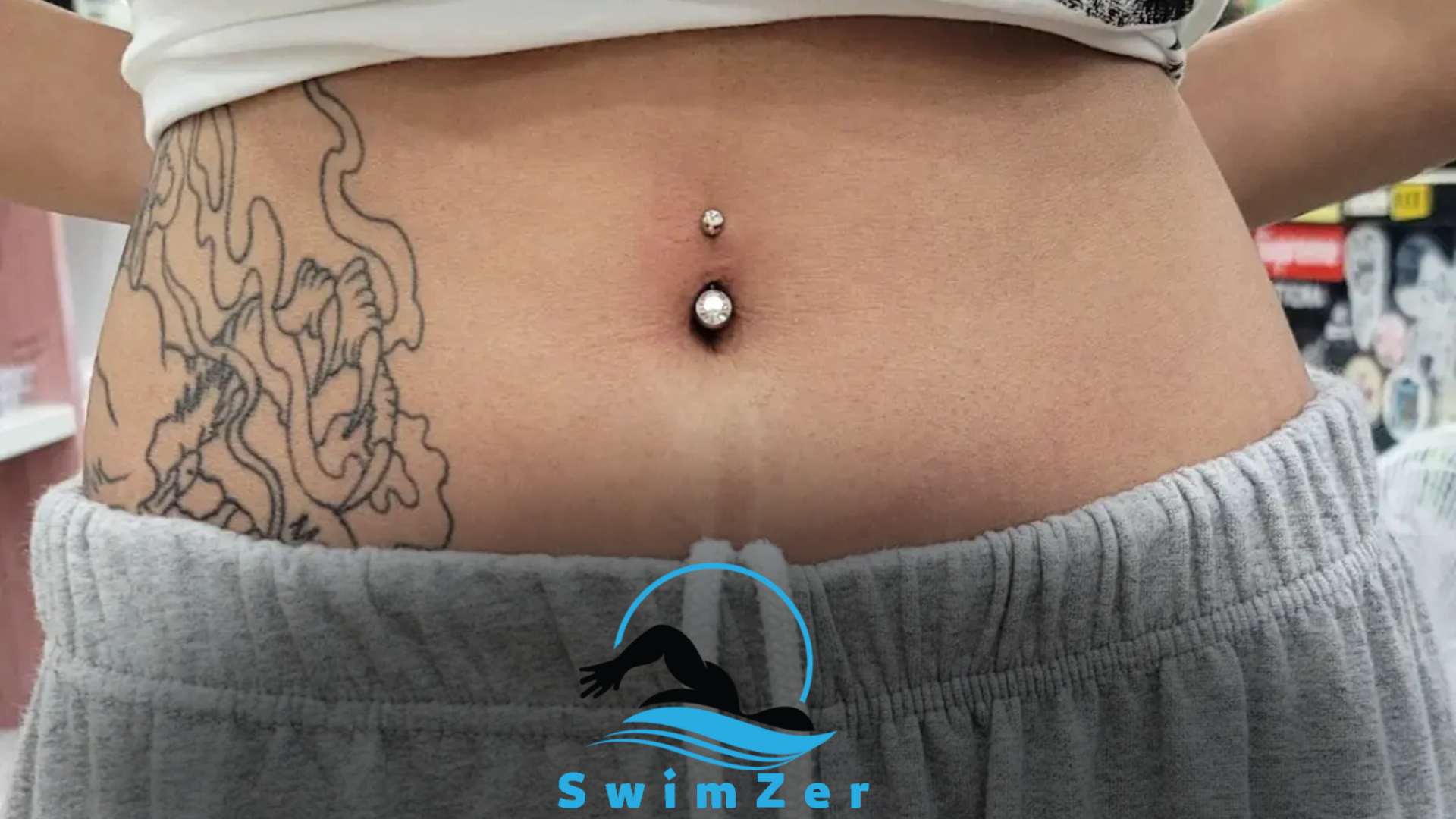Yes, you can swim with synthetic hair. However, it is recommended to wear a swim cap to protect the hair from getting entangled with pool chemicals or saltwater.
Synthetic hair extensions are made of kanekalon, a type of plastic resistant to water and chlorine. It is also lightweight, making it easier to manage while swimming.
Synthetic hair extensions are a great way to add volume and length to your hair without damaging your natural hair.
They come in different lengths, colors, and styles, making them a versatile option for people who often want to change their hairstyle. However, if you plan on swimming often, taking proper care of your synthetic hair extensions is essential to make them last longer.
Avoid exposing them to excessive heat from styling tools or direct sunlight, and use specialized shampoos and conditioners that are safe for synthetic hair.
Understanding Synthetic Hair Extensions
Synthetic hair extensions are artificial hair made from synthetic fibers to look like real hair. They are different from natural hair extensions as they are less expensive and can have a less natural appearance.
Clip-ins, tape-ins, or glue-ins usually attach synthetic hair extensions.
The style options with these extensions are endless, and they can be used for any occasion. However, can you swim with synthetic hair? Swimming with synthetic hair extensions is not recommended, as they may become damaged and tangled.
Chlorine and salt water can affect the texture and color of synthetic hair, causing matting and shedding. It is best to avoid swimming with synthetic hair extensions or use a swimming cap to protect them.
If you’re curious about other hair types and swimming, you might want to check out our guide on Knotless Braids and Swimming.
Synthetic Hair and Water: What Happens When They Mix?
Synthetic hair has become increasingly popular due to its affordability and low maintenance. However, one question remains unanswered: can you swim with synthetic hair? Synthetic hair is designed to be worn on dry land; unfortunately, it doesn’t quite respond well to water.
Once synthetic hair gets wet, it tends to create friction, leading to tangling and matting. Moreover, chlorine and saltwater create chemical reactions that can weaken and damage synthetic hair extensions, leaving them brittle and prone to breakage.
To prevent damage, it’s important to rinse synthetic hair with fresh water after swimming and avoid rough handling.
Additionally, wearing a swim cap or a protective style can help keep synthetic hair extensions in good condition. With proper care, swimming with synthetic hair can be an enjoyable experience.
For those who have microlinks, read our article on Swimming with Microlinks.
Choosing the Right Synthetic Hair Extension for Swimming
Swimming is a fun water activity that many people enjoy, but it can be a nightmare for those wearing synthetic hair. When selecting synthetic hair extensions for swimming, several factors must be considered.
The type of synthetic hair extension is critical to ensure that it doesn’t cause any damage to your natural hair or scalp.
Some synthetic extensions can be waterproof, whereas others may not be water-resistant at all. When choosing a synthetic hair extension for swimming, opting for those specifically designed for water activities is wise.
Comparing synthetic hair extension options for swimming is necessary to choose the best one for you.
Considering these factors, you can enjoy your swimming experience without worrying about your synthetic hair extensions.
Taking Care of Synthetic Hair Extensions After Swimming
Swimming with synthetic hair extensions is a popular trend for those who love switching up their look. However, taking care of your hair extensions after swimming is essential to ensure their longevity.
One crucial step is to avoid starting any sentence with commonly overused words and phrases.
Additionally, it’s necessary to properly wash and condition synthetic hair after swimming, using lukewarm water and a sulfate-free shampoo. You can also trim the ends of your synthetic hair regularly, allowing them to maintain a natural and healthy look.
Furthermore, it’s vital to dry your synthetic hair extensions thoroughly to prevent any bacteria growth.
Finally, using a heat protectant spray before any heat styling helps protect synthetic hair fibers from heat damage, increasing their lifespan.
Remember, taking proper care of synthetic hair extensions after swimming is vital to ensure they remain in good condition and last longer.
Considering swimming with tape-in extensions? Our guide on Tape-In Extensions in the Pool.
Frequently Asked Questions
Can You Swim With Synthetic Hair Extensions?
Yes, you can swim with synthetic hair extensions as they are designed to be water-resistant. However, avoiding soaking them for prolonged periods is recommended to maintain their quality.
How Do You Protect Synthetic Hair While Swimming?
To protect synthetic hair while swimming, use a swim cap or braid the hair before going into the water. After swimming, rinse the hair thoroughly to remove any chlorine or saltwater residue.
Can Chlorine Damage Synthetic Hair?
Synthetic hair can be damaged by chlorine, as it can cause the hair to become brittle and discolored. It is recommended to rinse the hair with fresh water after swimming in chlorinated pools.
How Often Should You Wash Your Synthetic Hair After Swimming?
You should wash your synthetic hair after swimming to remove any chlorine or saltwater residue. It is recommended to wash the hair every 7-10 wears using a mild shampoo and conditioner.
Is It Okay to Blow-Dry Synthetic Hair After Swimming?
Blow-drying synthetic hair after swimming is not recommended as it can damage the hair fibers. Instead, gently towel dry the hair and let it air dry completely.
Conclusion
It is possible to swim with synthetic hair, but it requires extra care to maintain its quality and appearance. Whether you use a swimming cap or braid your synthetic hair, taking the necessary steps can help prevent damage and tangling.
It’s important to note that synthetic hair may not be as durable as natural hair when exposed to chlorinated water and excessive heat.
Therefore, limiting the amount of time spent in the pool and avoiding hot tubs or saunas can prolong the lifespan of your synthetic hair.
Always wash and condition your hair after swimming and store it properly to ensure longevity. Following these tips, you can swim with your synthetic hair while maintaining its original look and feel.

